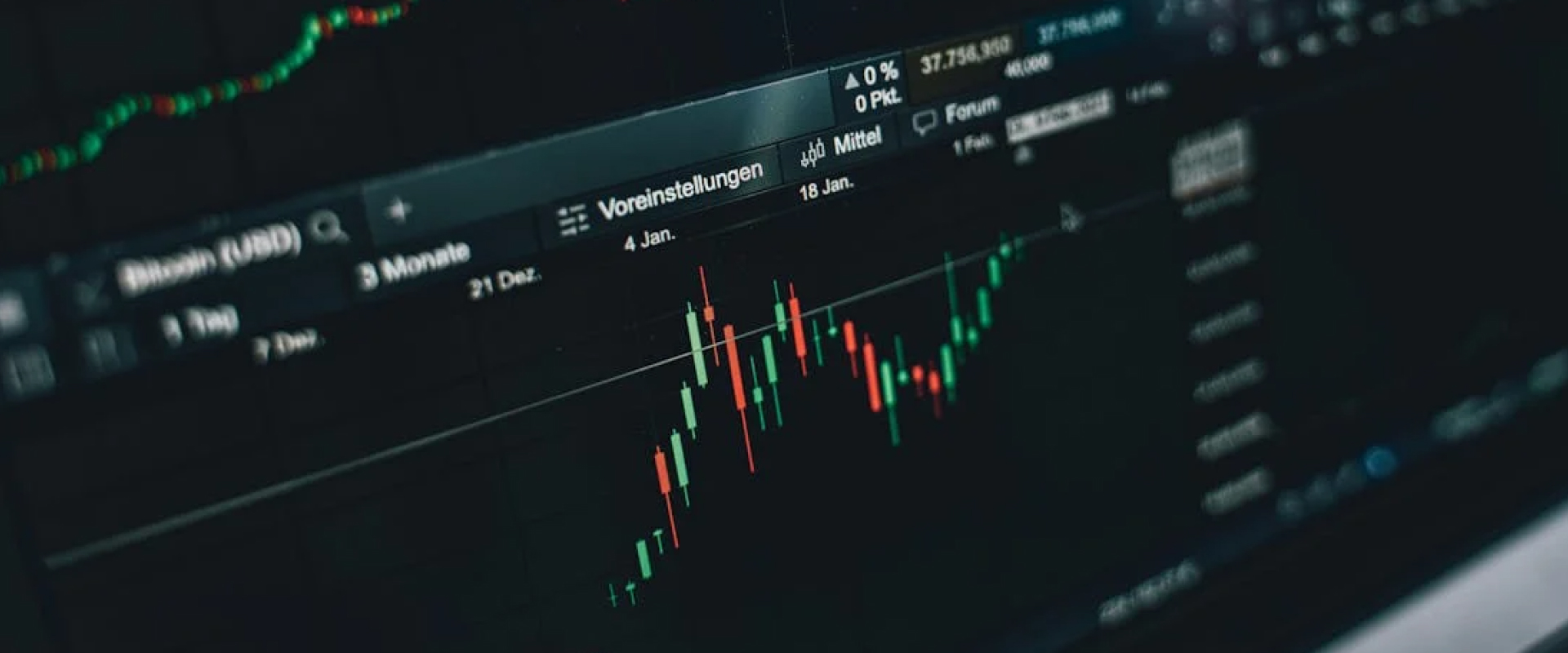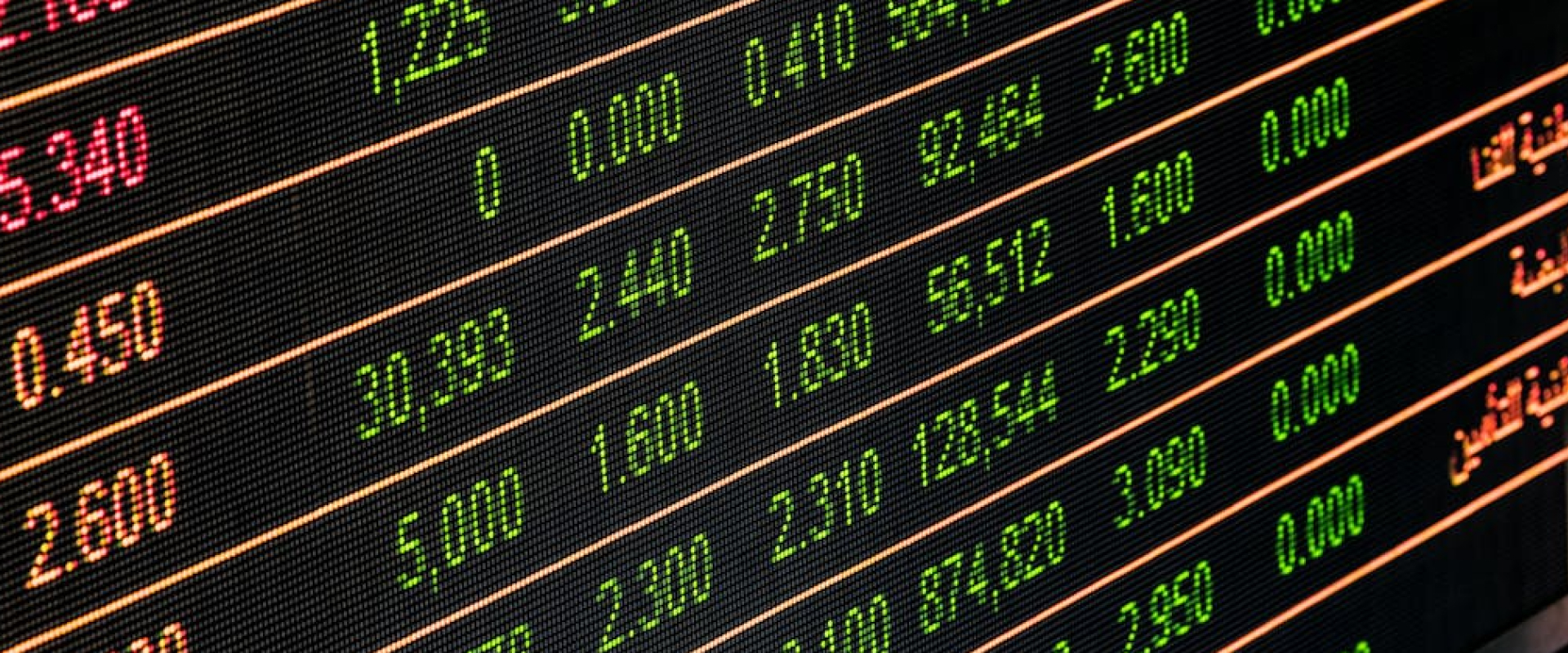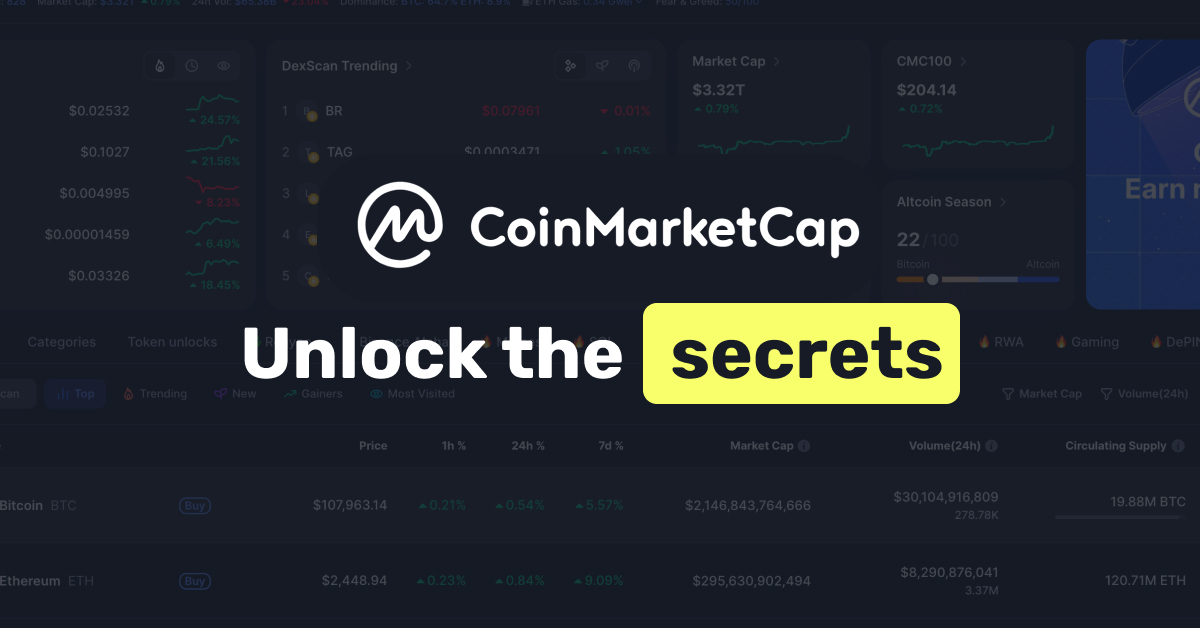If you listen to folks talking about crypto, you’ll hear them say ‘market cap’ all the time. It sounds technical and boring. But here’s the truth—understanding cryptocurrency market capital could be the one thing that keeps your money safe.
Let’s break it down, simply.
What Is Cryptocurrency Market Capital?

Market capital—short for market capitalization—is a way to measure the total value of a cryptocurrency.
It’s pretty simple math:
Price of one coin × Total number of coins in circulation = Market cap
Consider this: There are 10 million coins, and each one costs $10. The market capitalization, when totalled, is $100 million . Now, why should this matter to you? Because market cap helps you compare cryptocurrencies and see which ones are big, stable players and which ones are small and risky.
Why Bigger Doesn’t Always Mean Better
You might believe that a coin with a higher market cap is always better. But not so fast.
Yes, a big market cap often means the coin is well-known. It may also mean it has more people investing in it. For example, Bitcoin and Ethereum, have the largest market caps in the crypto world.
But that doesn’t mean they’re the best investment for everyone. High market cap coins might grow slowly because they’re already so big. Meanwhile, smaller coins may grow faster—but they can also crash hard.
So, the key is to balance your choices. Think of market cap as a tool—not the whole story.
The Three Types of Market Cap in Crypto

To help you figure things out, cryptocurrencies are often put into three buckets:
1. Large-cap coins
These are the giants—Bitcoin, Ethereum, and other coins with market caps over $10 billion.
They’re seen as safer, but slower.
2. Mid-cap coins
These coins often sit somewhere under $20 billion but greater than $1billion in market cap. They offer some growth, with moderate risk.
3. Small-cap coins
These have market caps under $1 billion.
They can explode—or crash—quickly.
Knowing this can help you mix your crypto portfolio wisely. You don’t want all your money in risky small-cap coins. But you might not want it all in slow-moving giants either.
Why Cryptocurrency Market Capital Isn’t Just a Number
Now here’s the twist: many people think market cap is just a stat. However,it’s actually a signal.
It tells you how much trust the market has in a coin. It shows how far a coin has come—and how far it might go.
Let’s look at an example.
Imagine Coin A is worth $2, and has 1 billion coins. Market cap? $2 billion.
Coin B is worth $200, but only has 1 million coins. Market cap? Just $200 million.
Even though Coin B looks expensive, Coin A is actually the bigger player.
That’s why price alone doesn’t tell you the full story. Market cap puts things into perspective.
Market Cap vs. Volume: What’s the Difference?

Here’s where many people get confused. Market cap is total value. Conversely, volume is the number of coins people are moving—buying or selling—within 24 hours. People are actively purchasing and selling a coin if its volume is high. That’s good for liquidity. If volume is low, it might be hard to sell your coins when you need to.
So, while market cap shows long-term strength, volume shows short-term interest. Both matter—but they tell you different things.
How to Use Market Cap When Investing
Now let’s get practical. How can you use market cap to make smart decisions?
1. Look beyond the hype
Sometimes a coin is trending. It’s all-over social media. But look at the market cap. If it’s small, the hype may vanish fast.
2. Watch for fake growth
If a coin’s price jumps, but the total supply is low, the market cap might still be small. That means the growth isn’t as big as it seems.
3. Diversify by cap size
Don’t put all your eggs in one basket. Mix large, mid, and small-cap coins. It gives your portfolio a better balance between safety and potential.
4. Use it to set limits
If a coin already has a huge market cap, ask yourself: how much bigger can it really get? There might be limited room to grow.
Mistakes to Avoid
A lot of beginners make these common mistakes with market cap:
- Chasing low prices: Just because a coin is cheap doesn’t mean it’s a good deal. Look at the market cap.
- Ignoring supply: Some coins have billions of tokens and that affects their future value.
- Just looking at the rankings: A coin in the top 10 might seem safe, but it’s still good to check things for yourself.
Real-Life Example: The Dogecoin Hype
Remember when Dogecoin took off? Its price was just a few cents—but its market cap reached tens of billions.
Many people jumped in late, thinking it was “cheap.” But the market cap was already huge. As a result, the coin didn’t have much room to grow fast anymore.
That’s how understanding market cap could have saved some people from losses.
The Role of Cryptocurrency Market Capital in Portfolio Strategy
Smart investors use market cap like a compass. As a result, it helps guide them through the fluctuations of the crypto market.
You can build a strategy like this:
- 60% in large-cap coins: For safety and long-term holding.
- 30% in mid-cap coins: For steady growth.
- 10% in small-cap coins: For high-risk, high-reward bets.
This mix gives you exposure to all types of coins—without risking everything on one type.
Don’t Just Watch the Number—Watch the Changes
Market cap doesn’t stay still. It moves with the market. So, if a coin’s market cap is rising, also more money is flowing in. If it’s falling, money would also be leaving. You can identify trends early by keeping an eye on these developments. That is a valuable skill.
Why Cryptocurrency Market Capital Matters Now More Than Ever
The world of cryptocurrency changes fast. New coins pop up every day. Some go to the moon. Others vanish.
Without knowing cryptocurrency market capital, you’re wildly guessing. But once you get it, you spot the smart stuff faster and you start spotting the coins that are just hype—and the ones that might stick around.
You don’t have to be an expert in mathematics. Instead, just keep in mind the fundamentals:
- Market cap = price × supply.
- Bigger doesn’t always mean better.
- Use market cap to compare, balance, and protect your investments.
It’s not just a number. It’s also a signal. And it could be the difference between a smart portfolio and a risky gamble. Don’t simply ask, “What’s the price?” the next time you see a coin. Ask “What is the market capitalization?”
Your approach to cryptocurrency investing may be changed forever by that one inquiry.
Best 10 Cryptocurrencies to Invest in 2025 (Market Cap Ranked)

I’m a young, curious storyteller with a passion for writing and a Specialization in cybersecurity. As an all-niche writer, I thrive on exploring diverse subjects — from the latest in cyber defense to trends in technology, culture, and beyond. With a natural ability to simplify complex ideas, I turn intricate topics into clear, engaging narratives that resonate with any audience.





Leave a Reply